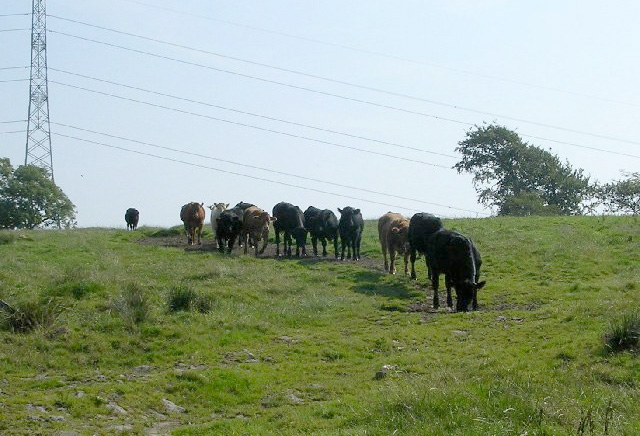
Herds suffering long-term bTB breakdowns will in future be considered for a more tailored management approach by AHVLA, in partnership with farmers’ private vets, as a standard business as usual activity in England and Wales. This follows feedback from stakeholders and recognition that a more proactive approach was necessary.
From 3 February 2014, herd breakdowns lasting more than 18 months will be subject to enhanced case management procedures aimed at helping herd owners to regain their Officially TB Free (OTF) status as quickly as possible and reducing the risk of future breakdowns. Measures may include additional investigative work to identify factors contributing to persistence of infection followed by targeted interventions to address the issues identified.
Bovine tuberculosis (bTB) is one of the most significant problems affecting animal health and sustainable farming in England. It is a chronic infectious disease of cattle and can present a risk to human health to those who are in close contact with infected animals or people who drink unpasteurised milk.
This approach seeks to:
- Enhance support for cattle keepers in working towards regaining OTF status
- Identify and deal with the factors causing persistent infection
- Reduce risks posed to contiguous premises
- Reduce the impact on farming businesses and general taxpayers
- Monitor and review the effectiveness of measures applied and use the skills and knowledge gained to inform management of future breakdowns.
Herds subject to enhanced case management may be selected based on:
- Length of breakdown, number of reactors and compensation costs
- Results of post mortem examinations
- Herd size and dynamics including movement volumes
- Herd or business history
- Local epidemiology.
The Citizen Dialogue on bovine TB project included stakeholder workshops, public workshops, and public online engagement. The project extended beyond the consultation period and a final report is expected in early 2014.
The draft Strategy sets out how the Government envisages tackling the disease. The ambition is to make steady progress toward achieving Officially bTB-Free Status (OTF Status) for England. This will take time. As progress is made, the Government hopes to be able to gain OTF Status for individual areas - or groups of areas - as early as practicable.
"OTF Status" takes its meaning from European law: for an area to be considered to have OTF Status at least 99.9% of the herds within it must have remained free from bTB for at least six consecutive years.
Achieving OTF Status for England will require a joined-up and thorough approach. The draft Strategy emphasises the need for a comprehensive, risk-based and staged approach that encourages partnership working, establishes a fair balance of costs and responsibility, and adequately supports farmers.
Trained AHVLA veterinary officers will be assigned to each case and will consider the following issues and additional measures in determining an appropriate enhanced management approach:
- Internal movement controls within fragmented holdings and the separation of different management groups
- Test interpretation and testing patterns
- Quality of testing
- Use of gamma interferon and other ancillary tests
- Increased removal of Direct Contacts, partial or whole-herd slaughter
- Review movement controls and trading options – with continued attention to movements on to the premises
- Disease dynamics across fragmented holdings using test results in order to facilitate targeting of enhanced controls
- Additional advice and guidance, improving the standard of biosecurity and bio-containment (including, in Wales, the serving of Veterinary Improvement Notices)
- Farmer support from private vets and others, such as South West TB Advisory Service (SWTBAS) and Farming Community Network (FCN).
Epidemiological support work will inform individual case decisions, as well as national strategy.
Official Veterinarians will be consulted for local knowledge and herd health issues that may be of significance. They will also be invited to attend an on-farm meeting, for which they will be paid.
The success of these enhanced actions will be measured by pairing herds for epidemiological comparison, farmer questionnaires, quantitative measures (especially determining cost savings), and internal case review.
